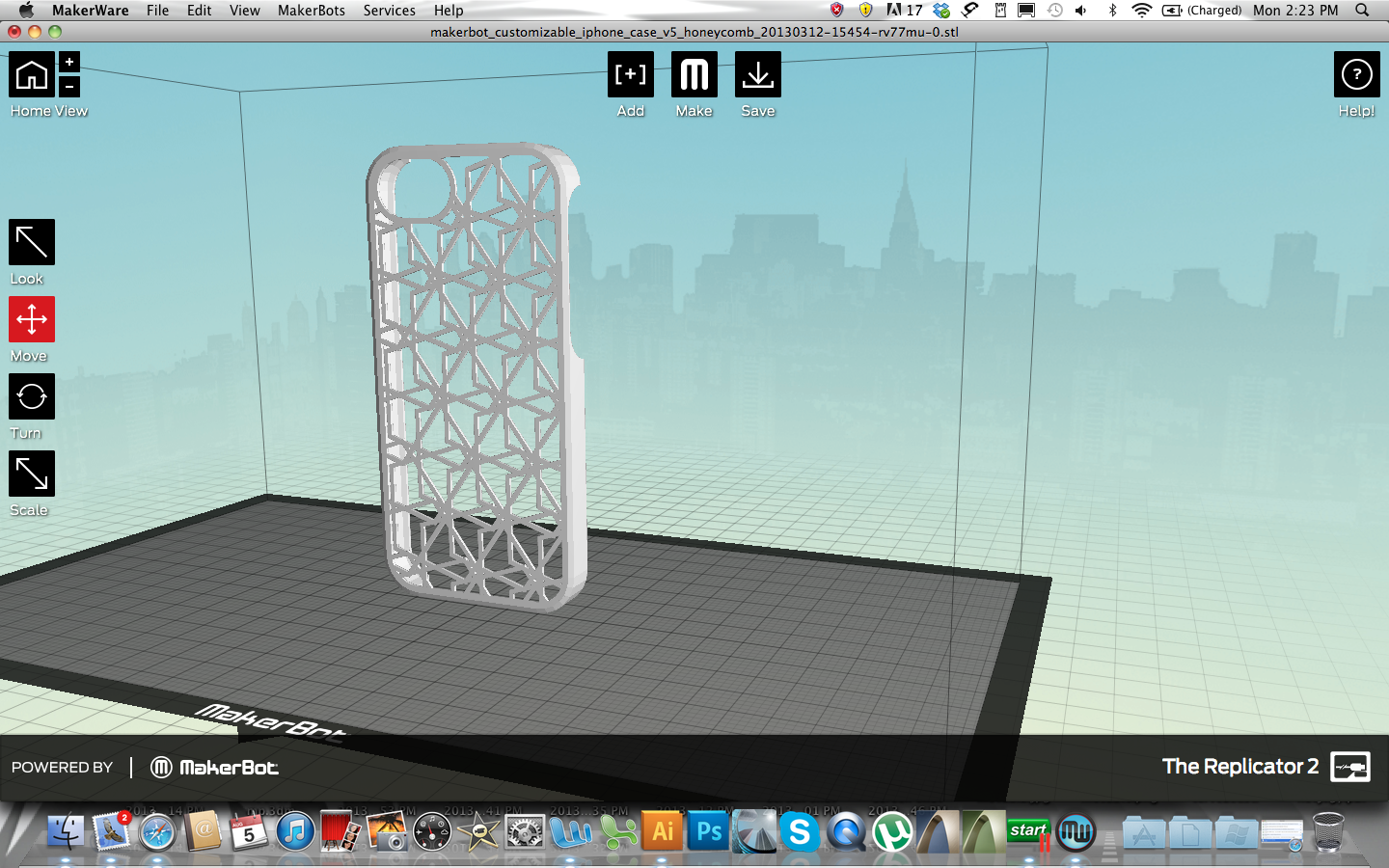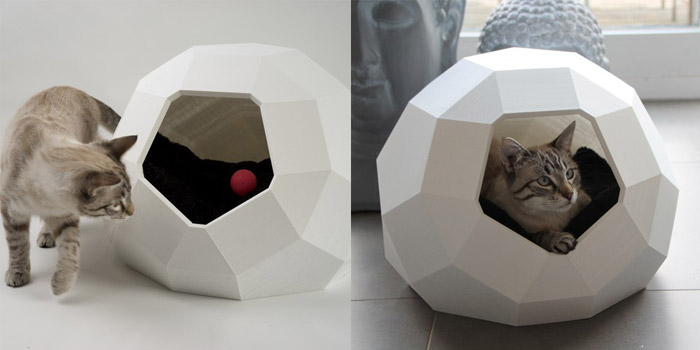


If the lead screw had an 8mm pitch, then you should see the pattern repeat every 8mm.Ī key thing to watch out for is to make sure that your Z axis is properly constrained and not over constrained.

If there is any wobble, it should be cyclical and repeat with a period identical to the pitch of the lead screw attached to the Z axis. The tower has a wide brim to make sure it is well adhered to the bed, and to ensure that any sort of issue in the walls of the tower comes from the printer's structure, and not because it tipped off of the bed. Unlike every other test, which uses a scale to grade the proficiency of the 3D printer, this test is simply a pass or fail. The test model has separate sections for intricate supporting and a flat bottom surface, because an air gap optimized for one may not be enough for the other. That air gap is something that needs to be optimized too small and the supports adhere to the finished print, too large and the bottom surface will be really stringy and droopy until it can recover.ĭedicated support materials produce a bottom surface finish almost as clean as the top surface, because they are printed without an air gap since they can be dissolved away. Same material supports are printed with what's called an "air gap" where the print head rises above the print to create a slight gap between the roof of the support and the bottom of the printed part, giving the filament extra time to cool and droop onto the supports, preventing them from permanently adhering to each other. Whether you're using a dedicated support material like PVA or HIPS or you're using a single extruder printer and using the same material as your support material, it's important to have your support settings calibrated. You might even consider a new ducting for the cooling fan to try and direct the airflow toward the part.ĭrooping, curling, and hanging filament all lower the score, especially when the lower angles have difficulty. It is important to consider that the type of fan used for layer cooling (axial vs radial) and the direction your fan outlet is facing will impact how well an overhang is printed, so it would be wise to print this test rotated every 90 degrees to see if some faces fair better than others. Printing speed does affect cooling, so the lower the print speed, the more time for freshly laid down filament to cool before the next layer is ready.Ī small print with high print speeds is going to need much more cooling than a large print at slow speeds since material will have only a very brief amount of time to cool enough to solidify. This test is designed to see how well the printer can cool down the hot plastic as it is extruded the better the cooling, the cleaner the bottom surface is.


 0 kommentar(er)
0 kommentar(er)
